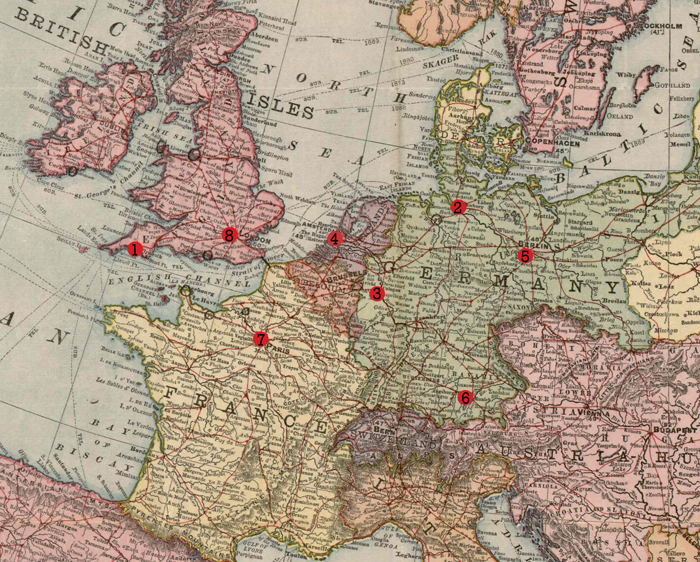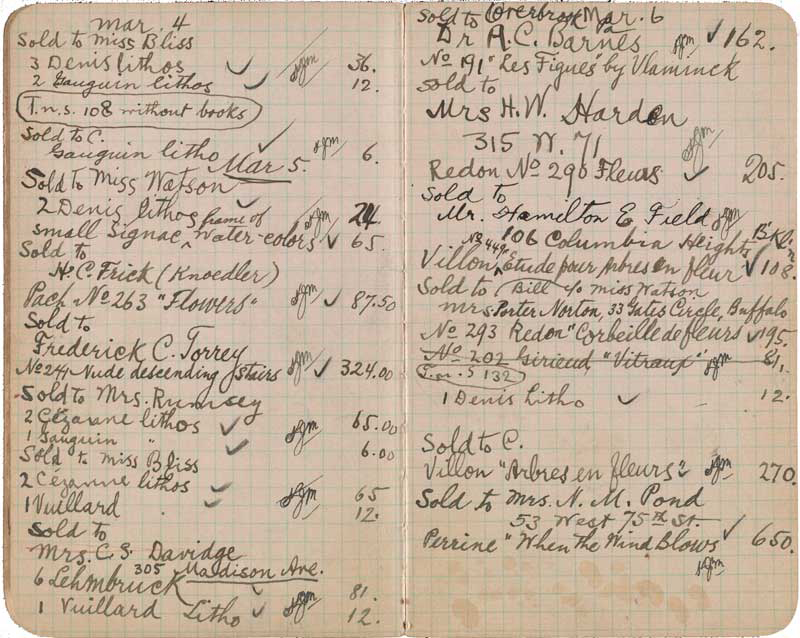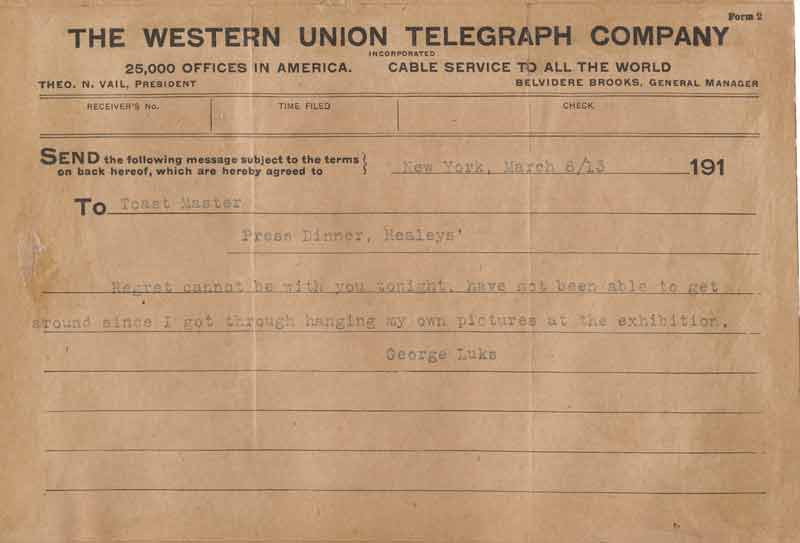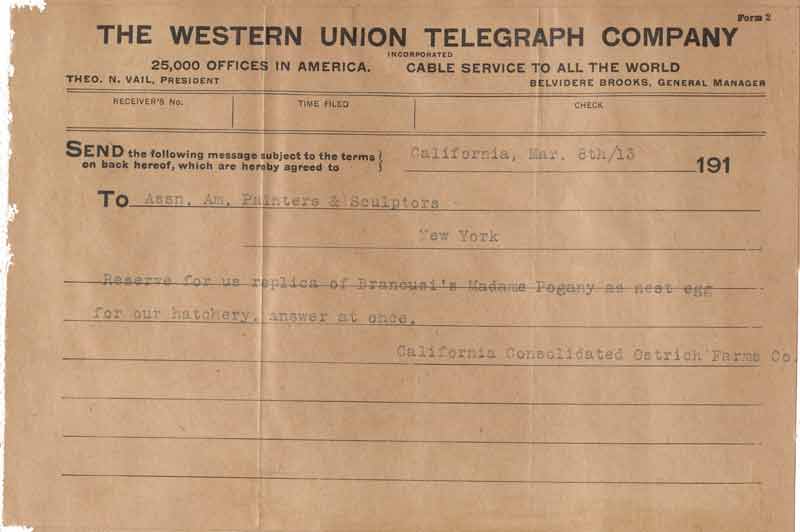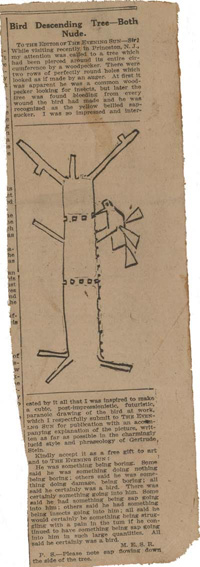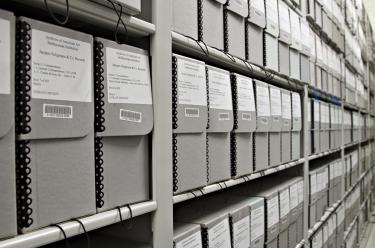Introducing Digitization on Demand
Have you ever wanted to see a handful of folders in a collection at the Archives of American Art, but you couldn't find the time to come to our DC reading room? Then the Archives of American Art’s Digitization on Demand service is for YOU!

